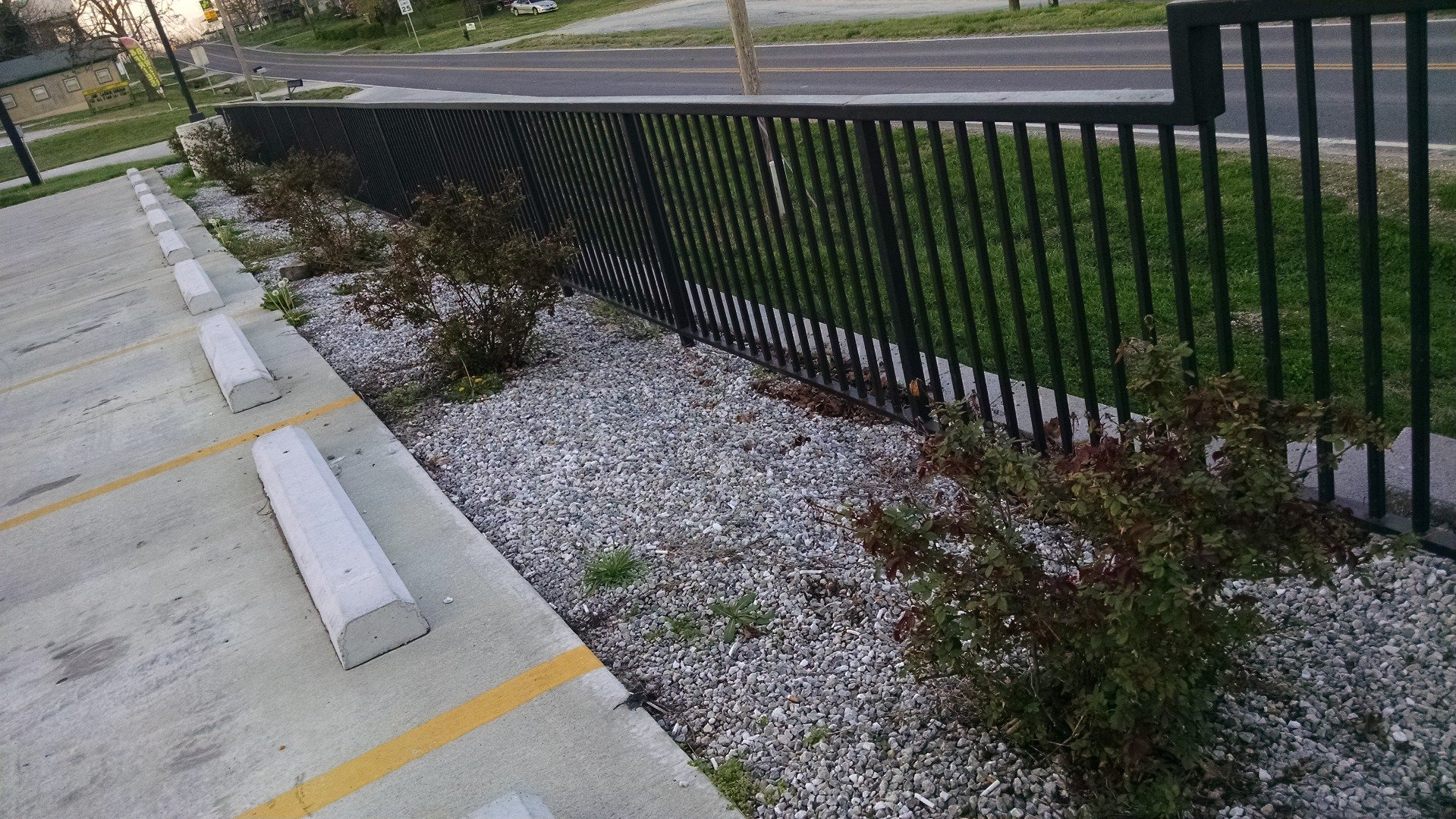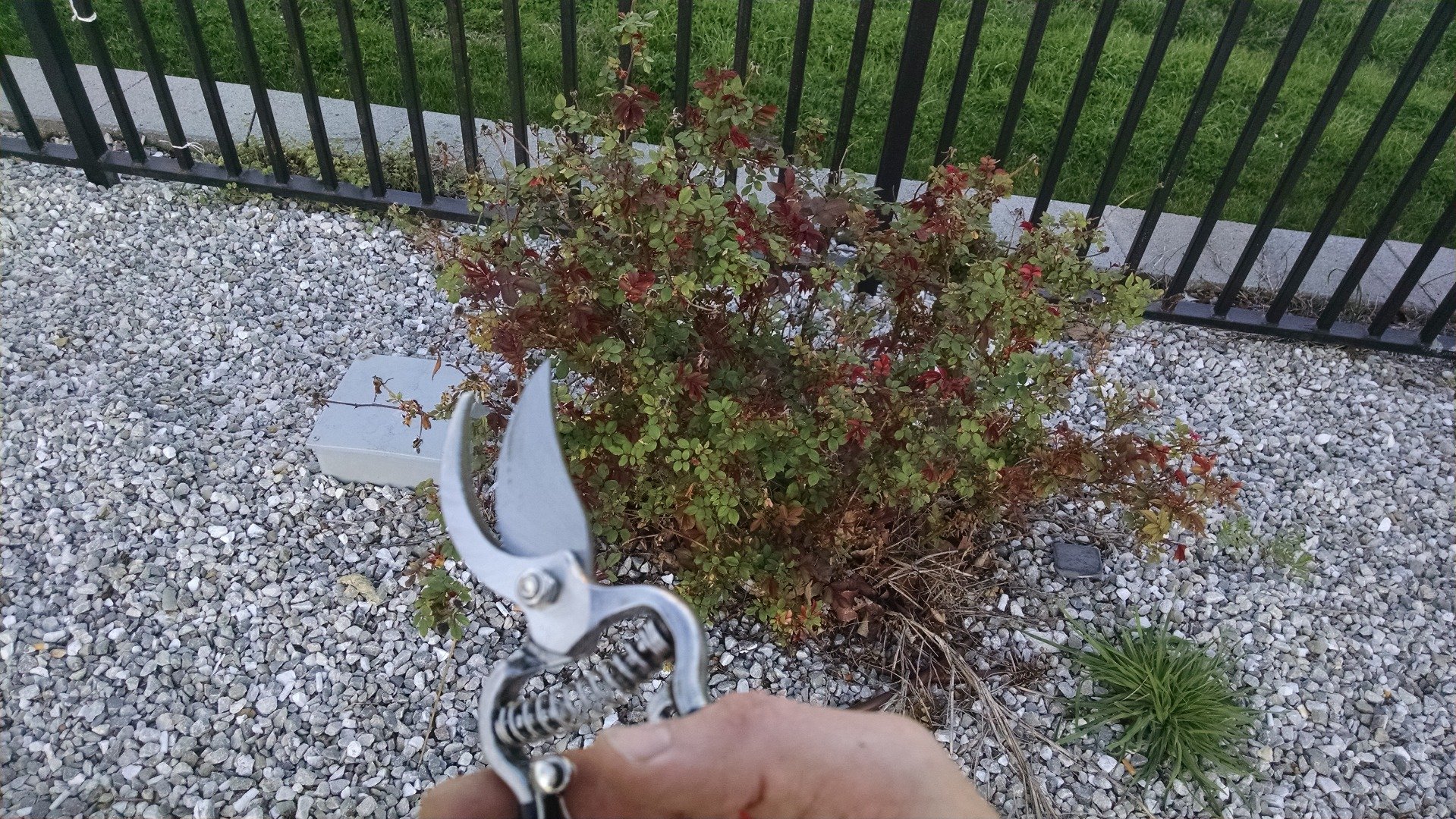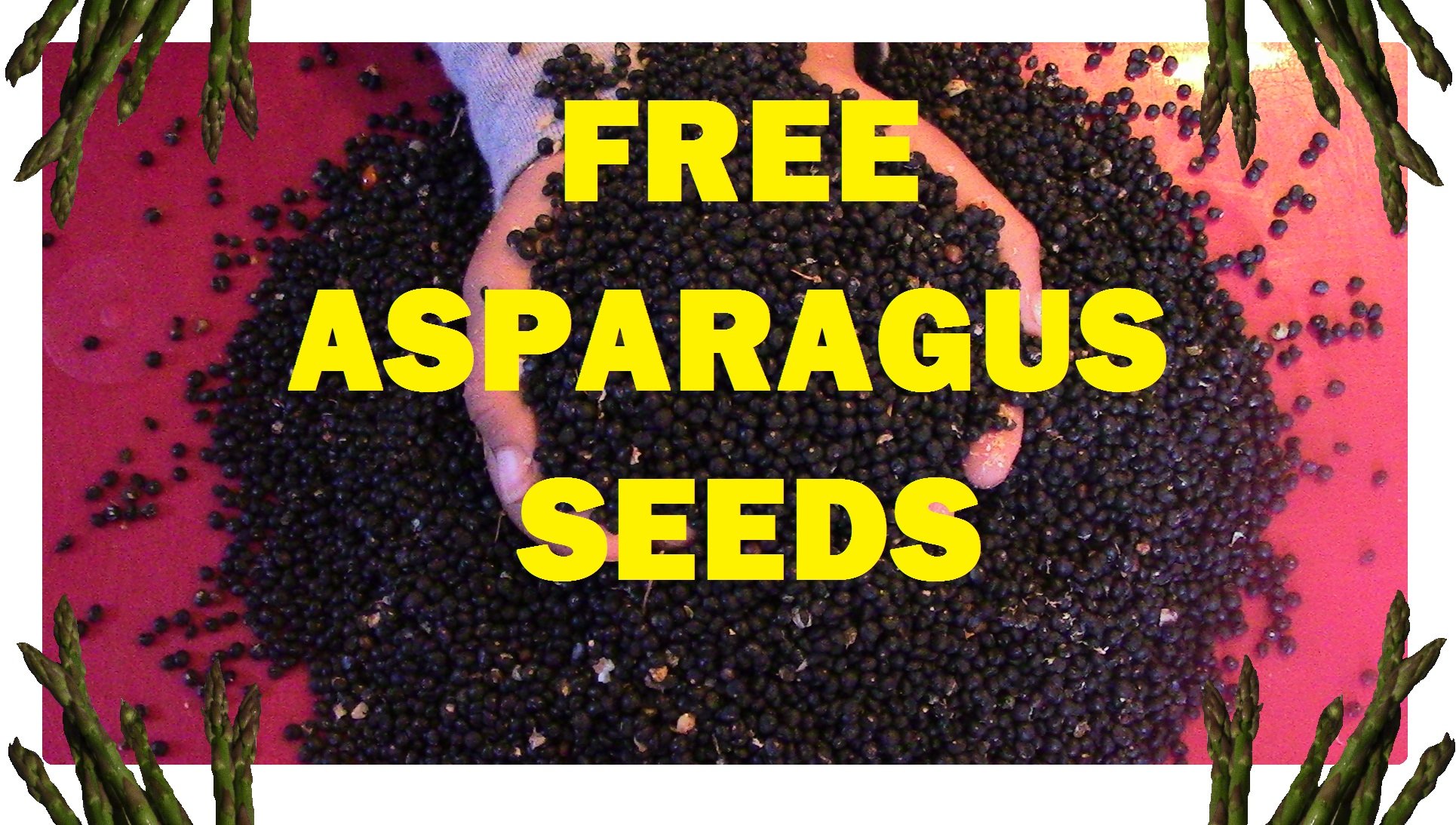
For @papa-pepper, this was a dream come true!
Often in this life, I have wound up admiring certain plants that have been pruned. I realize the benefits of pruning and understand the potential opportunity that exists when you save the pruned cuttings.
So many plants can be used in so many ways, and even nonedible landscaping plants have their own beauty. I always wondered what it would be like to be paid to prune trees and shrubs and then save the cuttings to propagate.

Now, I no longer have to wonder! As part of my current job, mowing lawns, some additional responsibilities are also periodically assigned. Recently, I had to do some pruning, including these rose bushes.

Very eagerly, I got out my pruning shears and went to work. Removing dead stems and branches is important too, but proper pruning often requires the removal of living parts as well.

Businesses also want you to remove the yard waste when doing jobs like this. That is very beneficial, and I was more than happy to oblige!

BASIC PROCESS

A garbage bag full of cuttings may have potential, but unless you do something with them, they will die and not be able to grow anymore. Below is what I have done in this case in an attempt to propagate these rose bush cuttings.

What you’ll need is simple. I use a compost and soil mixture, some rooting hormone, a cup of water, and my cuttings.

Scraping the outer skin off of the cutting near the bottom of the cutting can help it root. It is also best to remove the majority of the foliage (leaves) at this point. Remember, the cutting has no roots right now, so it will be hard for the cutting to support a lot of leaves. By leaving a few small leaves at the top, you chance for success should be greatest.

Dip the bottom of the cutting in water.

The water will help the bottom of the cutting get coated in rooting hormone. Many cuttings will grow without using a rooting hormone, but, since these are rose bushes and not a food-bearing plant, I chose to. In the future I hope to make my own natural rooting hormone from the Willow tree, but for now this will work.

The final step in the process is forcing the cutting into the soil. If the soil is kept moist and everything else goes well, soon tiny roots should begin to form under the surface.

Often, I like to put a good amount of stem under the soil. Shallow roots would dry up easier, and this gives the plant more stem beneath the surface to potentially sprout roots from. In this case, only the leaves that I left remained above the surface.

In cases of opportunity like this, there is not a lot to lose, and you may wind up with a lot of free plants!

When dealing with plants that have thorns, like rose bushes, it is good to remember to be careful! Obviously, I could have been more careful!

Since this is a propagation effort and if these plants root they will be moved to a different location, I kind of packed them in to my container. Proper spacing of plants is important if you want them to live, but if you are only attempting to get them to root and then transplanting them, you can save space by decreasing the distance between the plants. Plants that will one day be many feet apart can be started just inches apart at this stage.

TIME WILL TELL, WE WILL SEE!
I am not sure what will happen to these rose cuttings. My job of pruning the bushes and removing the waste was accomplished, and now I have attempted to take advantage of the propagation opportunity that they provided.
Often a controlled environment like a greenhouse can be the best place for such efforts. Otherwise, areas out of full sun or out of direct sunlight are frequently recommended. The most important factor is not letting the soil dry, or these tiny rootless plants will also die.
Will I be able to line our driveway with a bunch of free rose bushes? Will I be able to share free rose bushes with my family and friends? Will I be able to cut my own bouquets of roses for @mama-pepper to express my love without spending my money? Perhaps.
No matter what happens, I had some fun, and I will keep you posted on the end results!

As always, I'm @papa-pepper and here's the proof:


To check out my previous Opportunistic Gardener post, click below:
Until next time…
BE OPPORTUNISTIC – STEEM ON!


